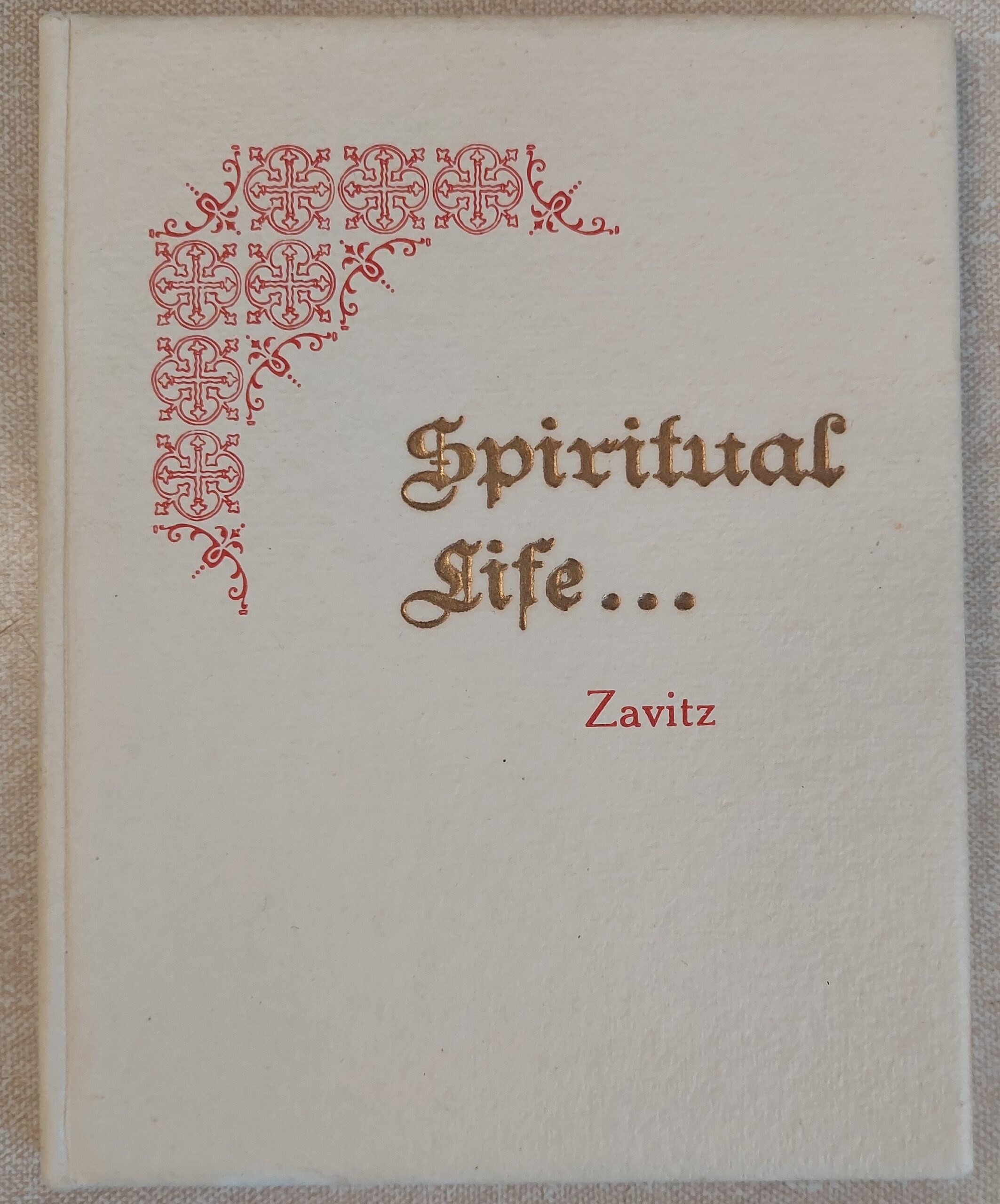
With our AGM at Coldstream meeting house fast approaching, we’re continuing our Coldstream series with posts about Coldstream’s history and people.
Past features are available on Coldstream’s early development, the Marsh store, and influential Friend Benjamin Cutler.
Thanks to Dave Zavitz for this week’s contribution on Dr. Charles Zavitz.
Dr. Charles Ambrose Zavitz (1863-1942)
Charles Ambrose Zavitz was the youngest child of four born to Daniel Zavitz and Susan Webster Vail on Quaker Lane in Coldstream, Ontario. His family were staunch Quakers attending and supporting the Coldstream Society of Friends. They were also members of the United Empire Loyalists. His parents believed that a good education prepared you for life. He and his siblings were provided a full education to senior matriculation and then post-secondary education of their choice.
Charles Ambrose chose to attend Ontario Agricultural College (OAC) in Guelph, Ontario, and graduated in 1886. His teachers had noticed his meticulous skill and tireless work ethic and so made him staff chemist at OAC. Shortly thereafter, he attended a 3-year program at the University of Toronto and graduated in 1888. Later, OAC appointed him to the position of Assistant Superintendent of Experiments, putting him in charge of all crop experiments at the college. In 1904, he was appointed Head of Husbandry in the newly built Zavitz Hall. In the early 2000s, the building was slated for demolition but was later modernized instead after public outcry. It is now home to the University of Guelph’s School of Fine Art and Music.

Early in his career, Dr. Zavitz had collected seeds to run experiments to see if better and more productive crops could be obtained. This resulted in much improved crop yields. In 1916, the University of Toronto awarded him an Honorary Doctorate of Science degree.
He continued to be active in his Quaker heritage and beliefs. That led, in WWI, to the founding of the Canadian Peace and Arbitration Society. He was approached and asked to establish a campus military program which he refused. Charles believed it was better to feed people. When approached by tobacco growers hoping he could improve their crops, he also declined due to his beliefs.
Charles’ experiments and test plots developed a better and more cold tolerant soybean for commercial production. These tests also improved alfalfa, potatoes, peas, sugar beets, grains and field beans. The improved strain of barley was discovered to have superior malting quality and the Canadian Brewers’ Association nominated him for an award. He turned it down, but it was mailed to him and never seen again.
In 1927, he retired to the family farm in Poplar Hill where continued his agricultural experiments until poor health caused him to stop. In 1931, he helped found the Canadian Friends Service Committee which is still active today.
Over his lifetime he had acquired a long list of honours.
.1932 published Spiritual Lip
. 1935 UWO Honorary Dr. of Law degree
. First Canadian Fellow of the American Society Agronomy
. Honorary Fellow of the American Agricultural for the Advancement of Science
. Founder of the Canadian Seed Growers Association
Posthumously:
. 1974-inducted into the Canadian Agricultural Hall of Fame
. 1984 inducted into the Ontario Agricultural Hall of Fame
. 1999 Honorary Dr. of Science of University of Guelph
This quiet, simple, Quaker man revolutionized the food production in Ontario. He is interred in Friends Burial Ground in Coldstream with a small, simple gravestone containing only his name and dates with several generations of his family. It seems only fitting!
If you’re interested in seeing additional photos and learning more about Dr. Charles Zavitz, see the 2013 article by Bob Moore in the Historic Guelph Journal.















 More history about the Coldstream Meeting can be found in several places. If you look up the minute book transcriptions on our own CFHA website (
More history about the Coldstream Meeting can be found in several places. If you look up the minute book transcriptions on our own CFHA website (
 It includes more about his father’s experience settling the land, and also a recounting of how Daniel “went back (to New York) to get a companion.” Edgar also discusses such topics as temperance and the relationship with the local First Nations. It is so clear that Edgar had a deep appreciation for the Quaker legacy in the Lobo/Coldstream area.
It includes more about his father’s experience settling the land, and also a recounting of how Daniel “went back (to New York) to get a companion.” Edgar also discusses such topics as temperance and the relationship with the local First Nations. It is so clear that Edgar had a deep appreciation for the Quaker legacy in the Lobo/Coldstream area.